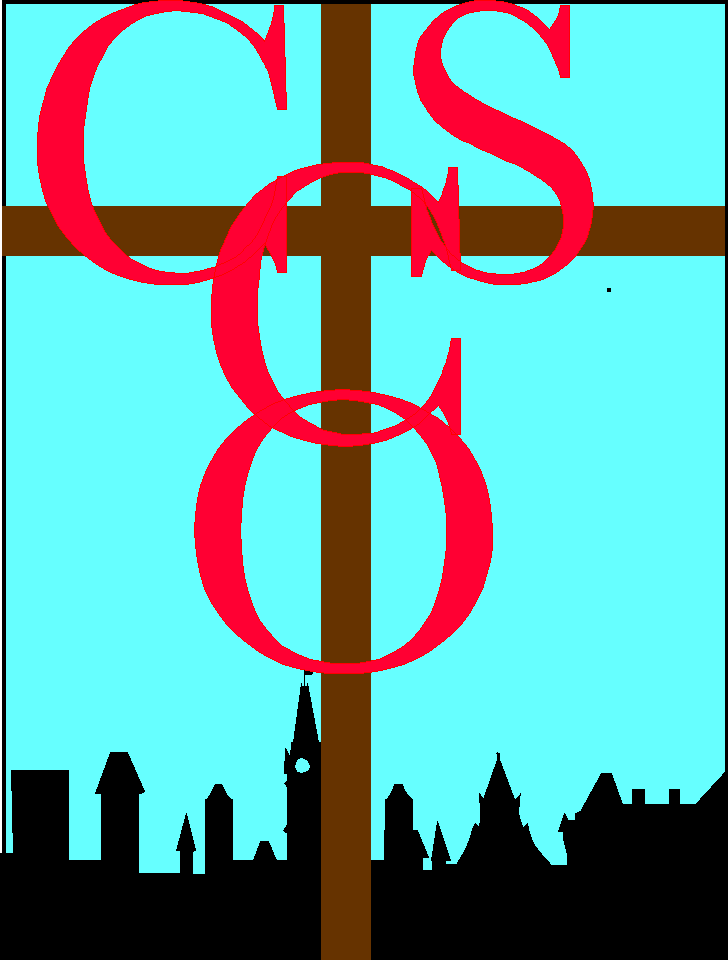| ||||||
|
|
| Theology |
|
Jesus Confronts Conflicting Kingdom Views by Thomas H. McAlpine During recent workshops with community leaders and World Vision personnel in Chile and Bolivia, we read together Mark 10:32-45. In this passage Jesus foretells his death and resurrection for the third time (verses 32-34), and James and John ask to be allowed to sit on either side of Jesus in his glory (verses 35-45). The results of our reading this passage together were surprising for me. I had been used to working with verses 35-45 alone, with the result that the latter part of verse 45 ("and to give his life a ransom for many") had seemed a little extraneous. Working with the expanded unit (verses 32-45) showed greater coherence and spoke more powerfully. A useful starting point for any study is recognizing the borders of the text: Where does one start and stop? For narrative, borders often are signaled by changes in place, time, or actors. In the Mark 10:32-45 text, verse 32 identifies the place. Later, verse 46 signals a new location (Jericho). Within verses 32-45, there are no signaled shifts in place or time. Within the passage, a nice symmetry of actors signals four moments.
The transitions between all but the first two moments are obvious. The request of James and John in verses 35-40 prompts the reaction by the ten in verse 41. That reaction prompts Jesus’’ response in verses 42-45. The continuity from verses 32-34 to verses 35-40 is less obvious until we recognize that the subject matter may be the same - what is about to happen in Jerusalem. Jesus and the disciples have radically different expectations. The disciples’ expectation of Jesus’ kingdom and glory prompted by James’ and John’s request. Jesus responds to their request in verses 42-45 by contrasting the conduct of those who are "great" or "first" in society with the conduct he expects of the disciples. It is here that taking verses 32-45 as the unit, rather than verses 35-45, becomes important. We already have met the rulers and great ones in the persons of chief priests in verse 42 and the scribes in verse 33. We have already seen what lording it over and being tyrants looks like with regard to what awaits the Son of Man in Jerusalem. Thus Jesus’’ response in verses 42-45 does more than offer us an abstract pattern. It reminds us of the realities that are shaping the story. Jesus’ response identifies the pattern common to the predicted conduct of the chief priests and scribes and to the actual conduct of James and John. Put differently, Jesus does not need to journey to Jerusalem to meet this pattern; he already is encountering it among his own disciples. And if he meets it among them, how much more likely is he to meet it in Jerusalem. Thus James and John unintentionally have testified to the likelihood of the fulfillment of Jesus’ prediction. Jesus response to his disciples identifies two societies: one of death (oppression, tyranny, the death of innocents such as Jesus) and the one of life (service and resurrection). The narrative frame (verses 32-45) for this response makes it clear that not only the rulers and great ones (verse42), the chief priests and scribes (verse 33) but also the Twelve (verses 35-41) are members of the first society mentioned. This provides the context for understanding why Jesus "came to give his life as a ransom for many" as expressed in the latter part of verse 45. Everyone from the chief priests down to the humblest disciple is trapped in the society of death and is in need of ransom. Sometimes we talk about the two societies Jesus refers to in this passage as though they were two alternatives existing more or less independently. when we put Jesus’ comments in the context of the entire passage, a more dynamic picture emerges. Here the kingdom of life comes into being in the midst of the kingdom of death, with the frontier marked by Jesus’ self-giving - and by the self-giving of his followers. When we read the passage as a whole, we find that Jesus ups the ante with regard to patterns of leadership. It no longer is simply a matter of following Jesus’ advice. The narrative frame makes it clear that to opt for society’s way of using power is to align oneself with the chief priests and scribes in Jesus’ death and with their modern equivalents in the deaths of too many innocents. Thomas H. McAlpine, "Jesus Confronts Conflicting Kingdom Views," MARC Newsletter, # 99-1, February 1999, p. 6. Return to Homepage |
|
|

 CSCO, P.O. Box 60123, Dayton, OH 45406; email:
CSCO, P.O. Box 60123, Dayton, OH 45406; email: